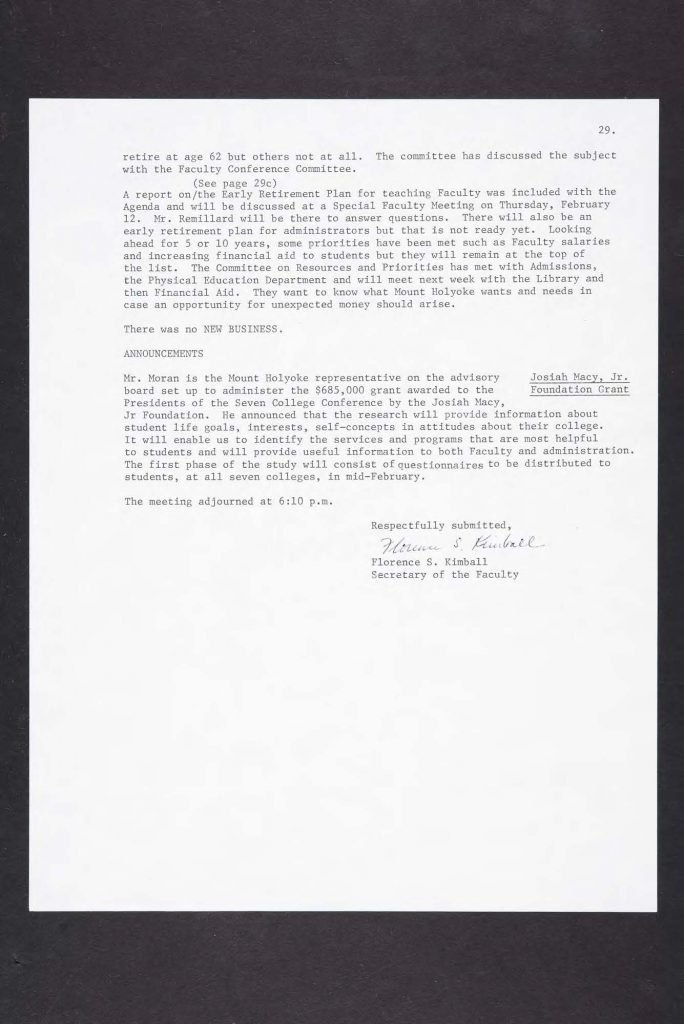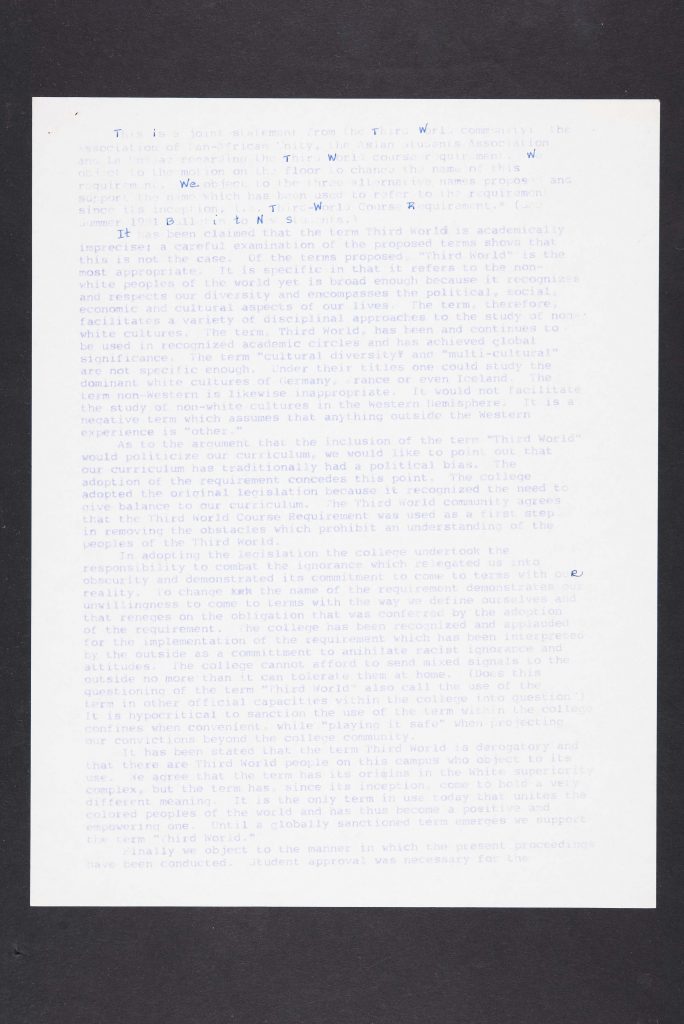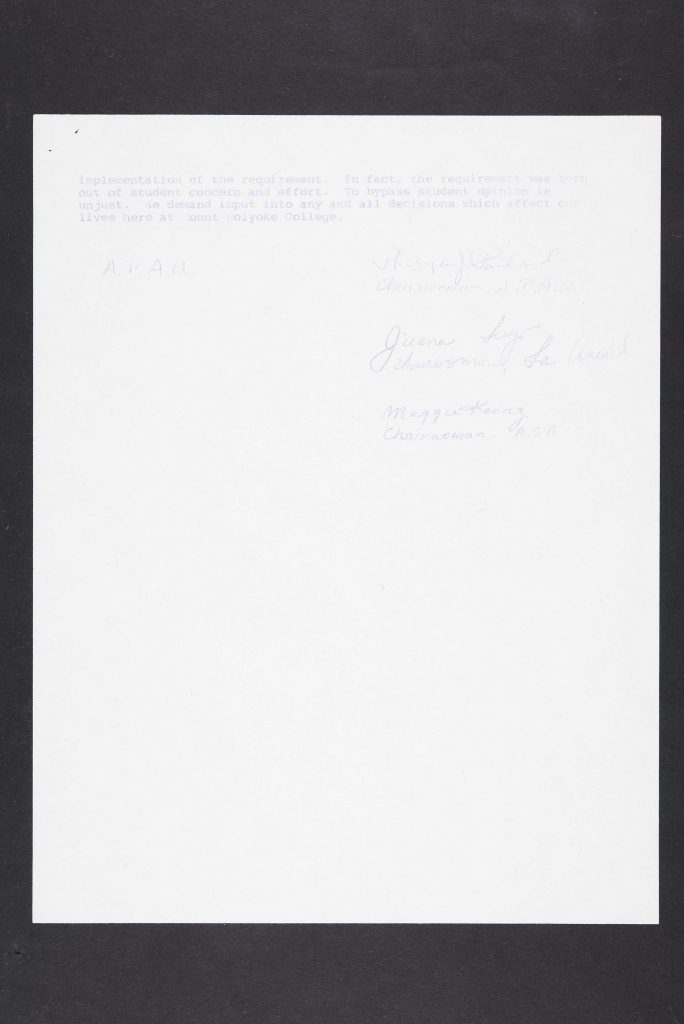Multiculturalism as a concept was refined by a series of shifts in the behavior of both American university systems and American society as a whole. The first shift arrived at the turn of the nineteenth century, as new immigrants threatened to disrupt the American model of liberal Protestantism. To combat this change, a renewed focus on “Americanization” and assimilation appeared in school systems, feeding into a curriculum in which the accomplishments of a select few white men received attention and meritted subsequent emulation.
Yet, this model was not built to last as the World Wars put an end to American isolationism, prompted the migration of African Americans from the American South, and fostered a world in which international communication and conflicts became the new norms. In light of these changes, universities and colleges found themselves in desperate need of more diverse coursework to prepare their students for the future.
However, it was not until the late 1960s that the idea of non-Western coursework as a reflection of appreciation for other cultures was introduced through the efforts of those students protesting for the Black Studies movement. Even into the 1980s, students of color were often forced to take direct action to make their voices heard on the subject.
More Change from Faculty
As with the founding of the Women’s Studies department, once the Third World Requirement passed into faculty vetting, all student input was eliminated excepting those points during which faculty spoke for their students. The establishment of the Third World Requirement was highly debated at the faculty level. As one of the first colleges to require it, Mount Holyoke College’s decision to adopt the Third World Requirement would set an example for larger academia, but whether that example would be successful was a matter of contention. Issues raised at the February 9, 1981 faculty meeting included student freedom, overcrowding of courses, and teaching limitations both in terms of time and knowledge.
Through a faculty vote, the Third World Requirement was passed for the 1981-1982 school year. Since that date it has remained a constant in the Mount Holyoke curriculum with the exception of its retitling to the Multicultural Requirement. The curriculum change proved to be an inspiration to many other colleges and universities and, by 1991, 48% of United States colleges had a multicultural general education requirement.
What’s in a Name?
Among the student cultural organizations that came to represent the “Third World” community in the eyes of the administration were La Unidad, the Asian Student Association (ASA), and the Association of Pan-African Unity (APAU). Communicating especially with the Committee for the Multi-Racial Community, these organizations spoke for their peers on matters of shared importance and sought to present themselves as a joint force for the larger community. Disagreement between the student organizations and the Committee for the Multi-Racial Community remained constant as the Committee struggled with decisions the student cultural organizations felt should be left to them, such as the selection of the Third World Requirement title in 1981.


